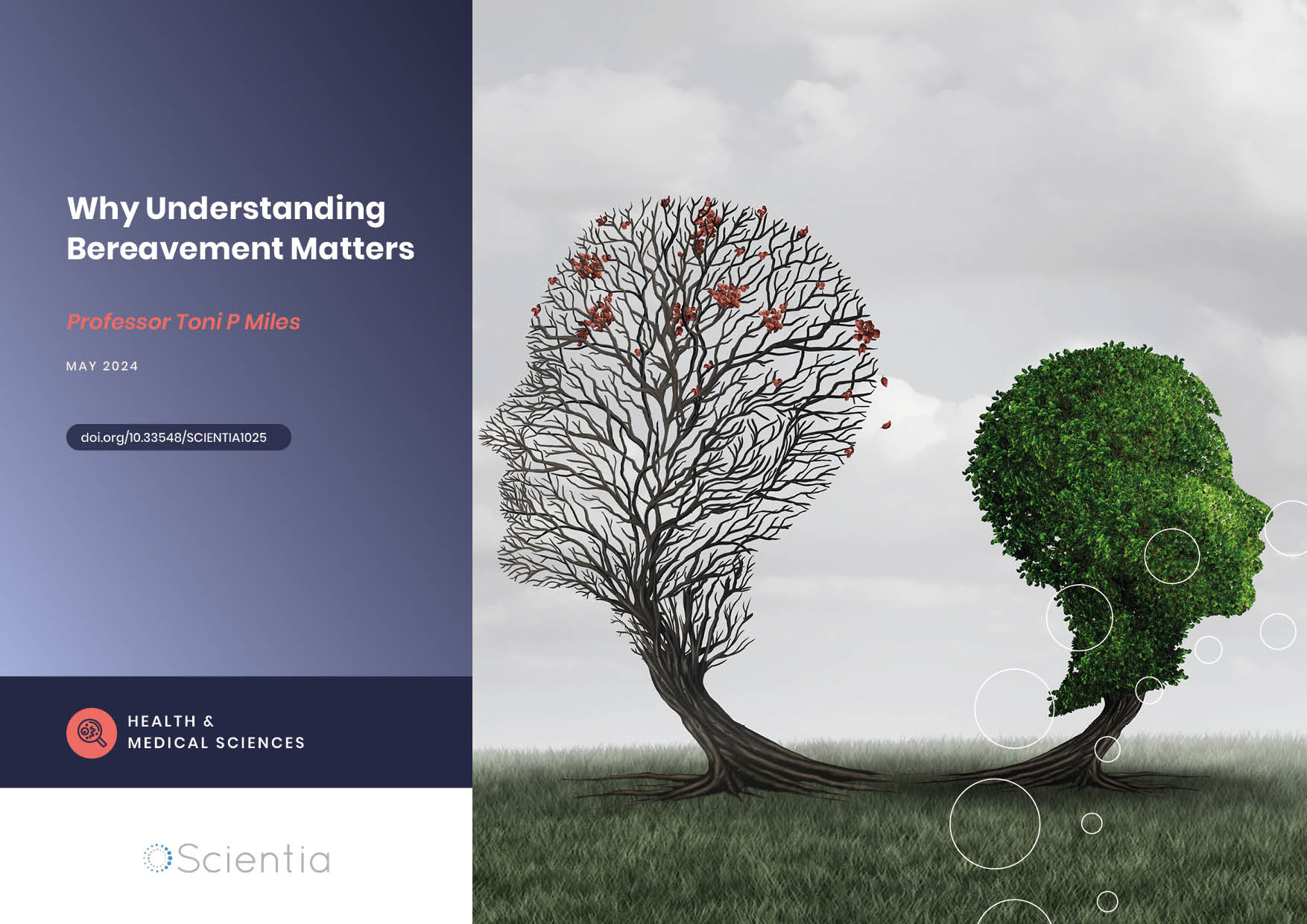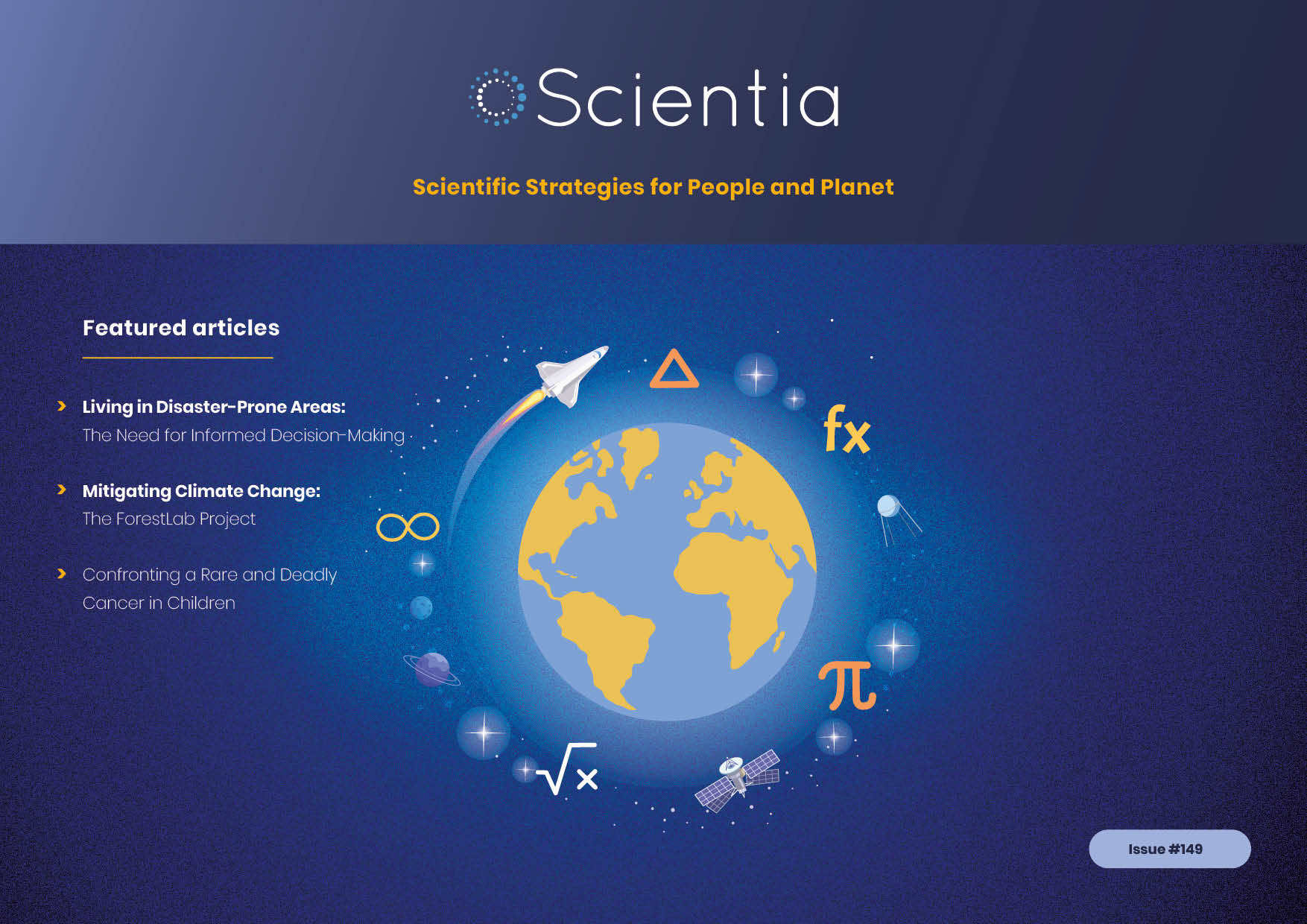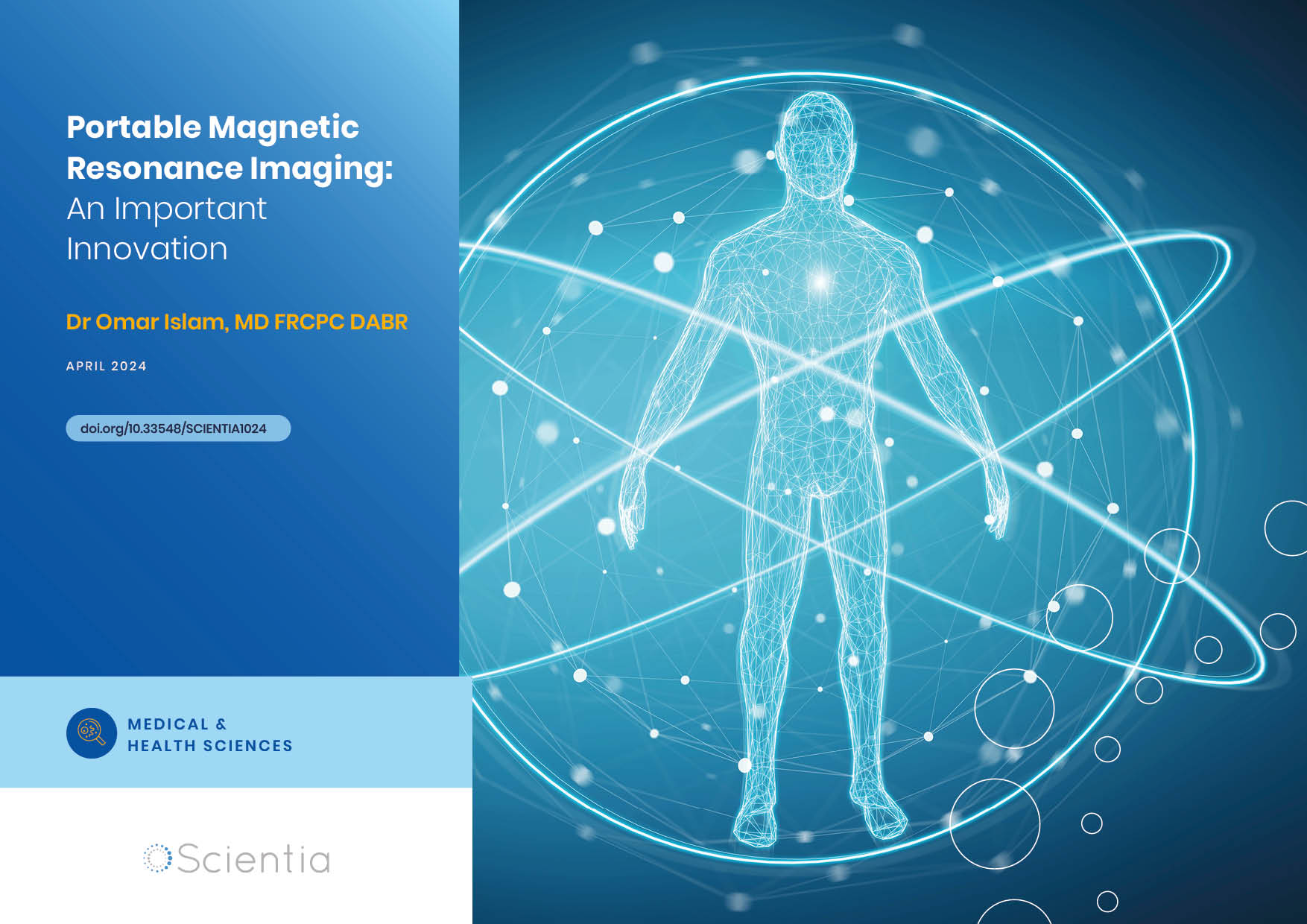Professor Gerhard Rammes – Investigating the Links between General Anaesthesia and Alzheimer’s Disease
General anaesthesia may increase the build-up of amyloid beta, a protein implicated in the development of Alzheimer’s disease. Professor Gerhard Rammes and his team at the Technische Universität München, Munich, Germany, along with Dr Martina Bürge at St Bartholomew’s Hospital, London, UK, are researching the potential benefits of one specific anaesthetic, xenon, which in addition to having lower neurotoxicity than many other anaesthetics may also offer neuroprotective effects. These findings may have critical implications for personalised medicine in patients with dementia.
General Anaesthesia and Alzheimer’s Disease
Almost two hundred years ago, the discovery of general anaesthesia was considered a medical miracle, allowing millions of patients to undergo invasive, life-saving surgery without awareness or pain. Although a fundamental component of modern medicine, how precisely general anaesthetics result in the loss of consciousness remains a mystery.
One current view is that anaesthetics may bind to neuronal proteins, such as receptors in the brain, and modulate many components of cognitive function, that is, the mental processes underlying thinking and memory. Although fulfilling the immediate aim of loss of consciousness, unfortunately, this may also result in lasting effects that are linked to the development of Alzheimer’s disease later in life.

Alzheimer’s disease, along with other forms of dementia, is characterised by progressive memory impairment and cognitive decline to functions including language and attention. Other symptoms may include disorientation, impairments in judgement, and changes in mood and behaviour. As of 2019, nearly 44 million people are living with Alzheimer’s disease worldwide and this number will, due to demographic changes, inevitably rise. Currently, there is no cure and no treatment to date can even slow its progression.
Identifying causal influences on the development of dementia is critical. Professor Gerhard Rammes and his team at the Technische Universität München, Munich, Germany, along with Dr Martina Bürge at St Bartholomew’s Hospital, London, UK, are trying to discover how general anaesthesia may lead to dementia. Professor Rammes notes the current debate in this field and explains, ‘It is controversially discussed whether general anaesthesia increases the risk of Alzheimer’s disease or accelerates its progression, but the discussion is still ongoing.’
Ideally, anaesthetic drugs in clinical practice should be chemically stable, inflammable, relatively non-toxic, display minimal side effects, both in the short- and longer-term, and have no interactions with other administrated drugs. Unfortunately, not many of the drugs in the operating room tick all these boxes.
Xenon, one of the drugs that Professor Rammes and colleagues is particularly interested in, fulfils many of the desired qualities of a general anaesthetic. Once inhaled, this noble gas harmlessly permeates the body tissues until it engages with proteins, leading to a physiological shutdown that safely knocks patients unconscious.
‘It is controversially discussed whether general anaesthesia increases the risk of Alzheimer’s disease or accelerates its progression, but the discussion is still ongoing.’

Mysterious Amyloid Beta Plaques
Previous experiments on animals and cell models show that anaesthesia can increase the build-up of amyloid beta, a protein that slowly and insidiously piles up in the brains of people with Alzheimer’s disease. Yet is it not entirely clear what is going on: when abnormal pieces of amyloid beta protein, known as amyloid beta 1-42 and 1-40, attach onto each other, they form the infamous plaques associated with Alzheimer’s disease.
Currently, there are two main theories connecting anaesthesia and amyloid beta plaques to Alzheimer’s disease. Some researchers argue that all general anaesthetics may increase the build-up of amyloid beta, and thus, accelerate or deteriorate the disease the disease. However, Professor Rammes and colleagues have shown that this is unlikely to be the case – interestingly, receiving xenon does not seem to increase the likelihood of developing Alzheimer’s disease nor aggravate it. But what do we know about the relationship between general anaesthesia and this permanent, debilitating condition?
In order to tackle the question of whether anaesthetic drugs influence the progression of dementia, Professor Rammes’s team utilised slices taken from the brains of male mice that they could pharmacologically manipulate and study in the lab. To establish proof of concept, the researchers first examined whether amyloid beta plays a role in a process known as long-term potentiation (LTP). LTP refers to the strengthening of the connections between neurons in the brain and thus forms the cellular basis of long-term memory. In the brain slices of male mice, the researchers found that as the formation of beta-amyloid to toxic aggregates increased over time, LTP decreased. This was an expected finding and already evidenced, given that Alzheimer’s disease results in memory loss.
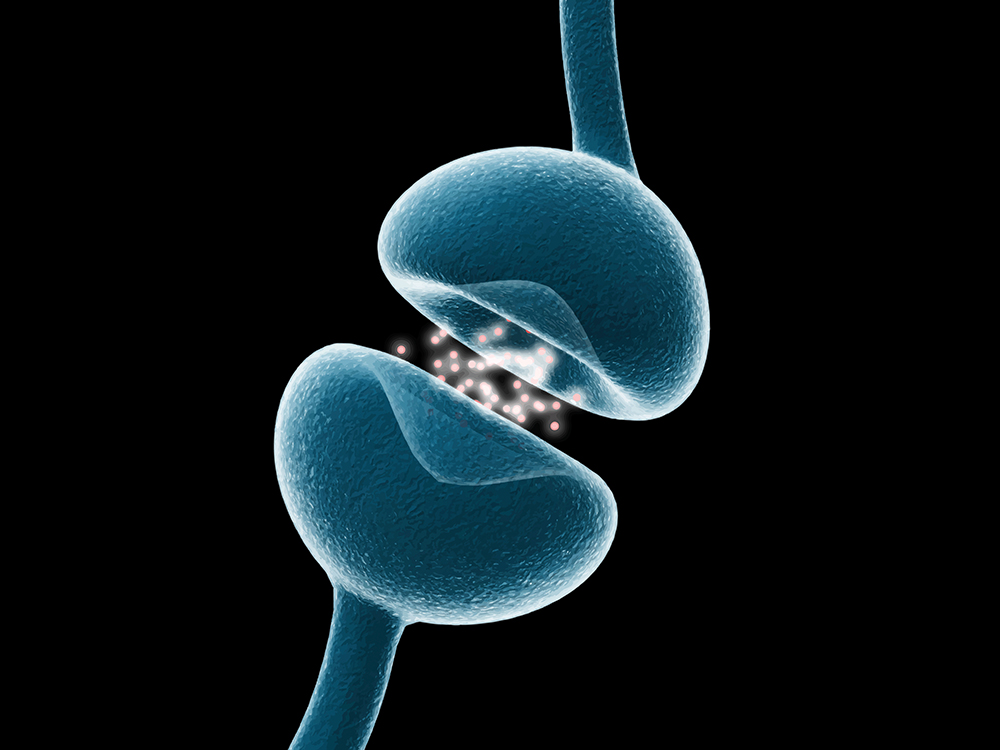
Anaesthetic Xenon to the Rescue?
Professor Rammes did not stop his investigation at amyloid beta-induced LTP. His team extended their efforts to two anaesthetics, S-ketamine, and xenon. Both drugs are antagonists at NMDA receptors, known to be important for a number of processes in the brain. After confirming that neither of these two drugs impacts upon LTP in their own right at a specific low concentration, the researchers looked at how they may, however, affect amyloid beta-induced LTP.
First, they found out that S-ketamine wasn’t ideal. Xenon, however, did reduce the amyloid beta-induced impairment of LTP. Yet, it did not reach the level it was at before the amyloid beta already caused harm. Xenon accomplished that at low doses, however, the treatment was not sufficient to simulate deep anaesthesia, but, rather, a sedated state. The researchers warned that once the dose was increased, xenon may show an even bigger effect.
Professor Rammes and his team have conducted these initial tests on the amyloid beta peptide 1-42 (Aβ1-42), a chopped off part of the total amyloid beta protein. While Aβ1-42 is believed to be the main culprit in the early pathogenesis of Alzheimer’s disease, there are also other protein parts that play a significant role. One of them is amyloid beta 1-40 (Aβ1-40), a slightly smaller version of the amyloid beta protein.
When testing the effects of xenon on Aβ1-40, the anaesthetic did not add to the recovery of amyloid-beta-induced LTP. In a recent paper, Professor Rammes notes, ‘None of the drugs tested were able to ameliorate the Aβ1-40-induced impairment of LTP suggesting that the target receptors mediating synaptic dysfunction may differ between the different Aβ species.’
However disappointing, the researchers confirmed that xenon may accomplish its goal by acting on one amyloid beta variant (i.e., the most toxic form), but not another one. Future research now needs to consider the differences between these two amyloid beta pieces and the target at which xenon acts to eliminate beta-amyloid-induced LTP.
‘Here we found that the gaseous aesthetic xenon protects neurons against the toxic effects of Aβ1-42, the most pathogenic form of amyloid beta species and restores long-term potentiation, a cellular correlate for learning and memory, in hippocampal slices.’
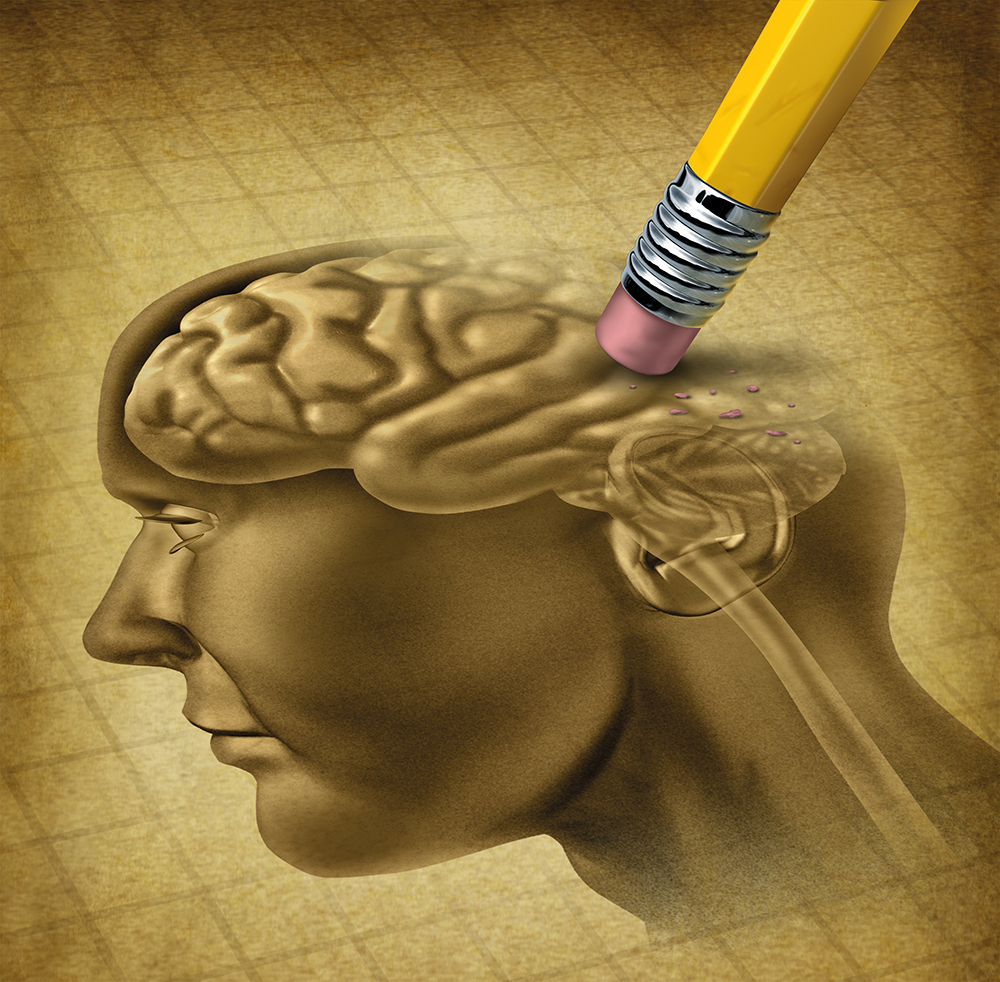
New Players Enter the Game
Professor Rammes’s team was aware that xenon preferentially targets the so-called NMDA receptors in the brain. These play an important role in learning and memory. Interestingly, when neurons encounter beta-amyloid molecules, NMDA receptor targets open, leading to Ca2+-influx, large-scale swelling and, ultimately, to their destruction. Only after the researchers used the drug xenon or radiprodil, a specific NMDA receptor subunit 2B blocker, were these NMDA receptors on the surface on the neurons seen to close, resulting in memory improvement at least in the presence of amyloid beta.
At the cellular level, the team has found that xenon may partly reverse LTP reduced by amyloid beta 1-42. ‘Here we found that the gaseous aesthetic xenon protects neurons against the toxic effects of Aβ1-42, the most pathogenic form of amyloid beta species and restores long-term potentiation, a cellular correlate of learning and memory, in hippocampal slices,’ Professor Rammes explains.
Looking to the Future
At first glance, Professor Rammes’s findings suggest that a beneficial alternative as an anaesthetic of choice for Alzheimer’s patients may be xenon. If xenon can restore LTP and reduce the damage formed by amyloid beta, why not use xenon instead of other anaesthetics in patients suffering from this disease? Unfortunately, there are other factors to take into account.
The problem is that xenon is rare – 87 parts per billion. Another difficulty is its steep price tag. It has been proposed that capturing xenon back from the patient through some sort of a xenon recycling process may be an option. In time, this may make the gaseous anaesthetic more economically viable.
Still, we have a long way to go. The research by Professor Rammes has so far focused exclusively on male brain slices but more studies are in the pipeline. Future research will look at the effects of xenon in mice, both males, and females, and see how different doses of that same drug affect the animals. The team’s next step also involves linking autophagy, a process in which cells clear out the damaged protein, and xenon. However, in Alzheimer’s disease, the cells’ cleaning crew goes on strike. Once in place, it will be important to see whether xenon can mediate this strike.
In further work, a mouse model of Alzheimer’s disease will be used to assess cognitive performance after xenon anaesthesia to unravel the potentially beneficial effects. Finally, since Aβ1-42 proteins are prone to aggregate, thus forming toxic oligomers, the team will investigate the interaction of xenon and other anaesthetics in this aggregation process. It is obvious that apart from the intrinsic processes influencing Ab generation/degradation, a potential acceleration of Ab oligomerisation by anaesthetics and thereby promotion of Ab toxicity would have critical implications for the practice of clinical anaesthesia.
Through their research, Professor Rammes and his team are forging the way ahead for understanding the link between anaesthesia and the development of dementia, and setting the necessary scene to apply these concepts in the clinic. The translation of this work from bench to bedside, will, of course, be an ongoing challenge. Nevertheless, Professor Rammes is committed to addressing the issues that are critical to Alzheimer’s patients undergoing surgery. Ultimately, he hopes his results will have critical implications on personalised medicine. By ensuring a patient’s safe and predictable postoperative response and recovery, individualised anaesthesia for Alzheimer’s patients may be more effective.
Reference
https://doi.org/10.33548/SCIENTIA420
Meet the researchers

Professor Gerhard Rammes
Department of Anesthesiology
Technische Universität München
Munich
Germany
Professor Gerhard Rammes achieved his PhD from the University of Birmingham, UK, in 1996. Since then, he has since held positions at the University of Erlangen and the Max-Planck Institute for Psychiatry in Munich, Germany. He is currently a Professor in the Department of Anesthesiology and Intensive Care at the Technische Universität München, Munich, where his team uses multiple techniques investigating the effect of centrally acting drugs, including anaesthetics, on the function of the brain. He has a particular interest in processes relevant to learning and memory, and has been investigating the impact of anaesthetics, benzodiazepines, and centrally acting neurosteroids on the pathology of Alzheimer’s disease.
CONTACT
W: http://www.anaesth.med.tum.de/node/202
Dr Martina Bürge
St Bartholomew’s Hospital
London
UK
Dr Martina Bürge obtained her MD from the University of Freiburg, Germany, in 2011. During her anaesthetic training at the Department of Anesthesiology and Intensive Care at the Technische Universität München, Munich, she joined Professor Rammes’s team as a postdoctoral researcher and has been involved in investigating the interactions of anaesthetic drugs and Alzheimer’s disease since 2012. She currently works as a Senior Clinical Fellow in cardiac anaesthesia and intensive care medicine at St Bartholomew’s Hospital in London, UK.
CONTACT
KEY COLLABORATORS
Professor Bernd Antkowiak, Department of Anaesthesiology, University Tübingen
Dr Thomas Fenzl, Department of Anesthesiology and Intensive Care, Technische Universität München, Munich
Dr Chris Parsons, Chief Pharmacologist and VP of Non-Clinical Development – Galimedix
FUNDING
German Research Foundation (Deutsche Forschungsgemeinschaft, DFG)

Creative Commons Licence
(CC BY 4.0)
This work is licensed under a Creative Commons Attribution 4.0 International License. 
What does this mean?
Share: You can copy and redistribute the material in any medium or format
Adapt: You can change, and build upon the material for any purpose, even commercially.
Credit: You must give appropriate credit, provide a link to the license, and indicate if changes were made.
More articles you may like
Abordando el Aislamiento Social y la Depresión entre Mujeres Inmigrantes Mexicanas
Una gran cantidad de mujeres mexicanas sufren aislamiento y depresión después de llegar como inmigrantes a los Estados Unidos. Son particularmente vulnerables en el caso de carecer de conexiones sociales o una red de apoyo en su nuevo entorno. Un grupo inovador de investigación de la Universidad de Nuevo Mexico ha desarrollado una prometedora iniciativa llamada “Tertulias”,que ayuda a mejorar la salud mental y el bienestar de las mujeres inmigrantes.
Professor Toni Miles | Why Understanding Bereavement Matters
Professor Toni Miles has dedicated her research efforts to measuring bereavement and its impact on population health. Individual experience with bereavement is commonplace, but we know little about its impact on society when there is an instantaneous experience by a large number of individuals, i.e., mass bereavement. To measure its occurrence, her research with colleagues first confirmed that bereavement can be effectively measured in population surveys. Professor Miles argues that we should use such approaches to deliver interventions aiming to reduce the negative consequences of bereavement on individuals. By measuring bereavement in communities, these data become a cost-effective way to increase resilience, reduce demands on healthcare systems, and enhance public safety.
Dr Shami Ghosh | A New, Evidence-based Perspective on How Capitalism Developed in Europe
The political and economic system of capitalism is dominant in the Western world. But how did we get here? Dr Shami Ghosh, an associate professor in the Centre for Medieval Studies at the University of Toronto, is challenging influential perspectives on the development of capitalism in Europe.
Dr Omar Islam | Portable Magnetic Resonance Imaging: An Important Innovation
Imaging technologies are vital in modern medicine and have revolutionised how clinicians make diagnoses and monitor disease progression. However, the necessary equipment – such as a scanner for magnetic resonance imaging (MRI) – is very large and expensive, requiring patients to go to the scanner rather than receiving scans as bedside care. This takes up valuable staff time and resources, and can present further risks to patients. Dr Omar Islam from Queen’s University and Drs Aditya Bharatha and Amy Lin from the University of Toronto are showing how portable MRI scanners may offer a viable alternative that benefits patients and healthcare systems.


